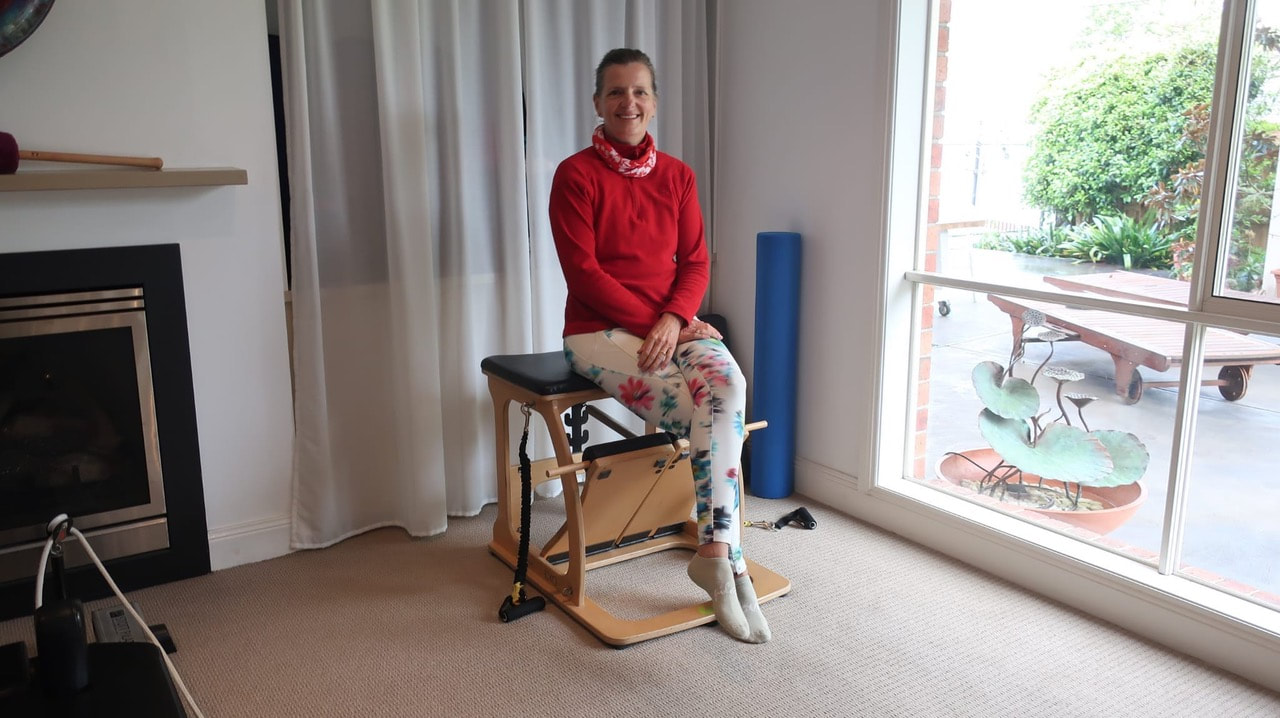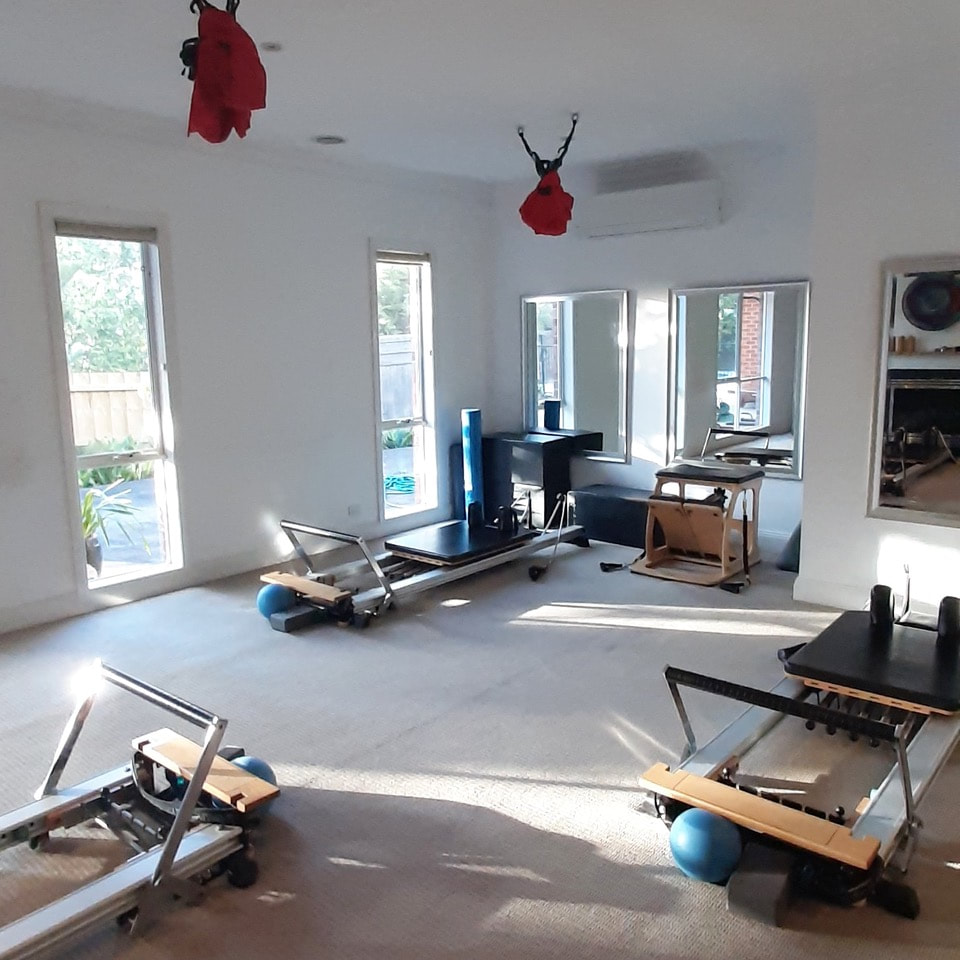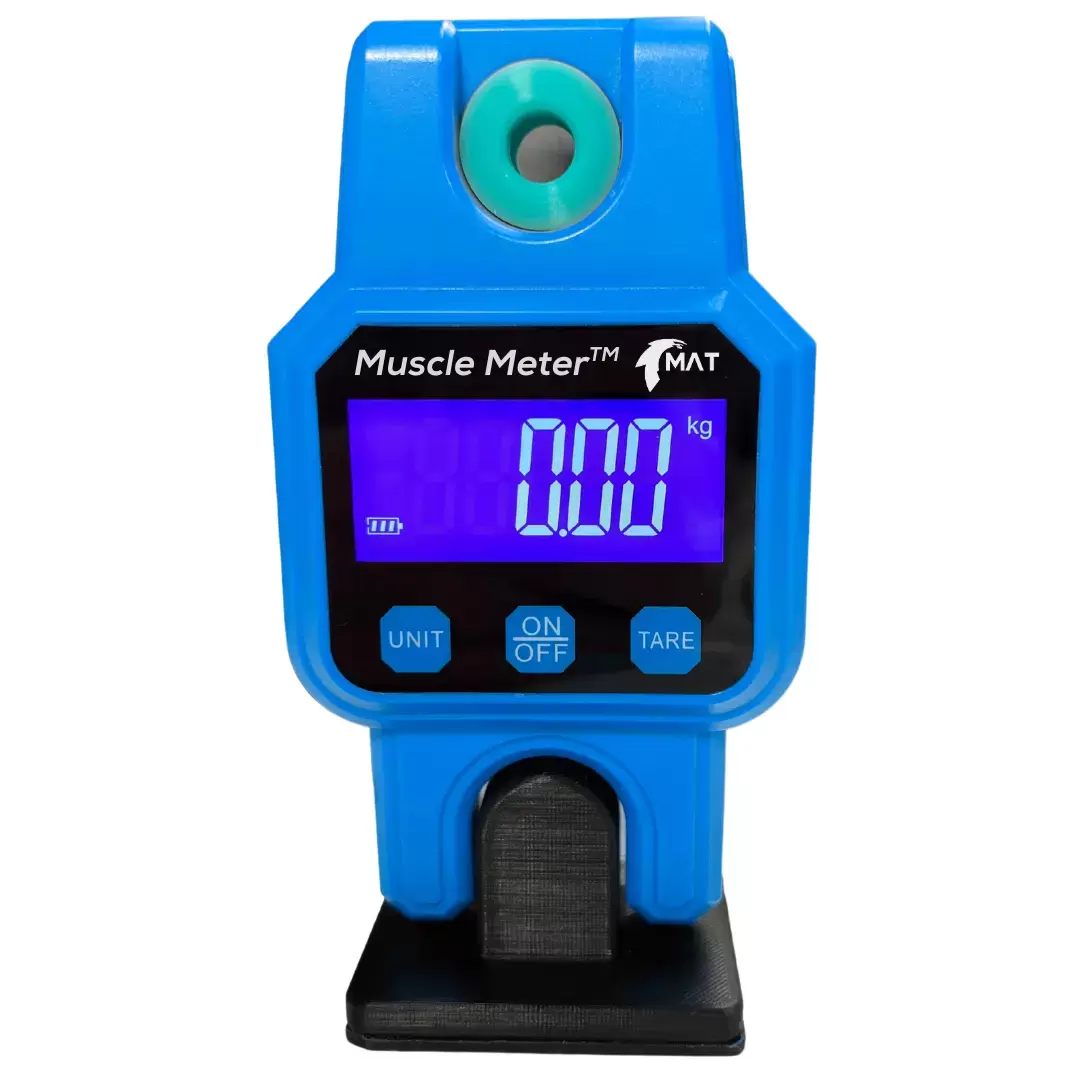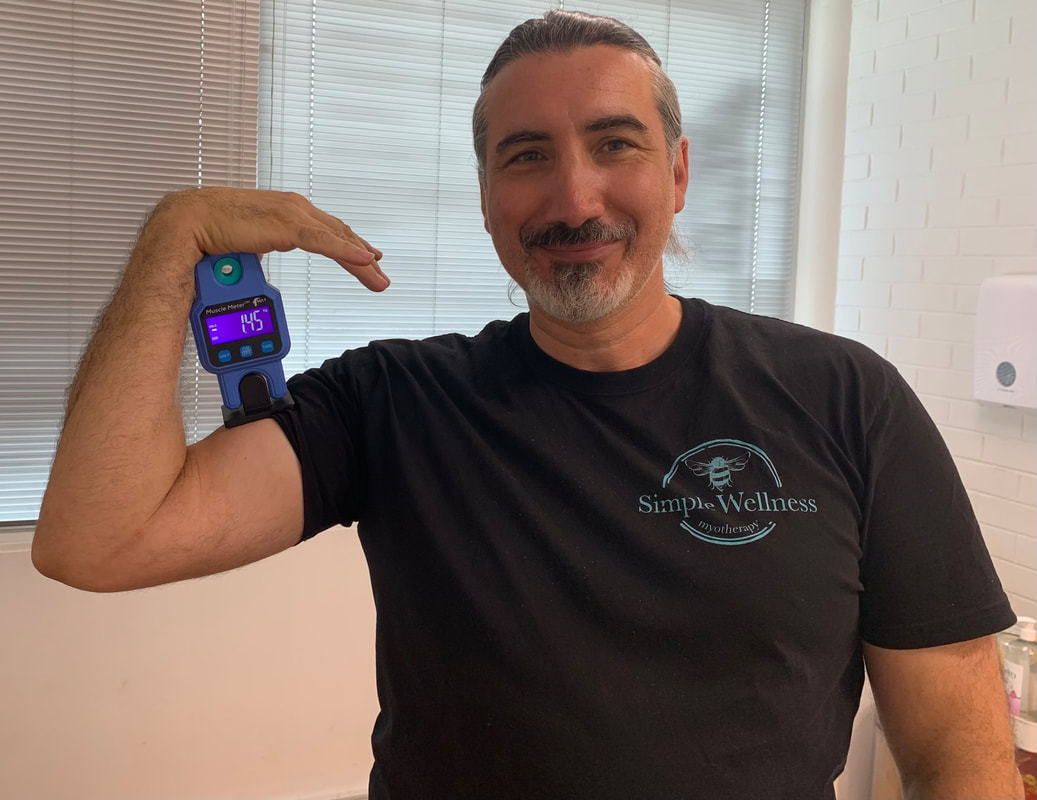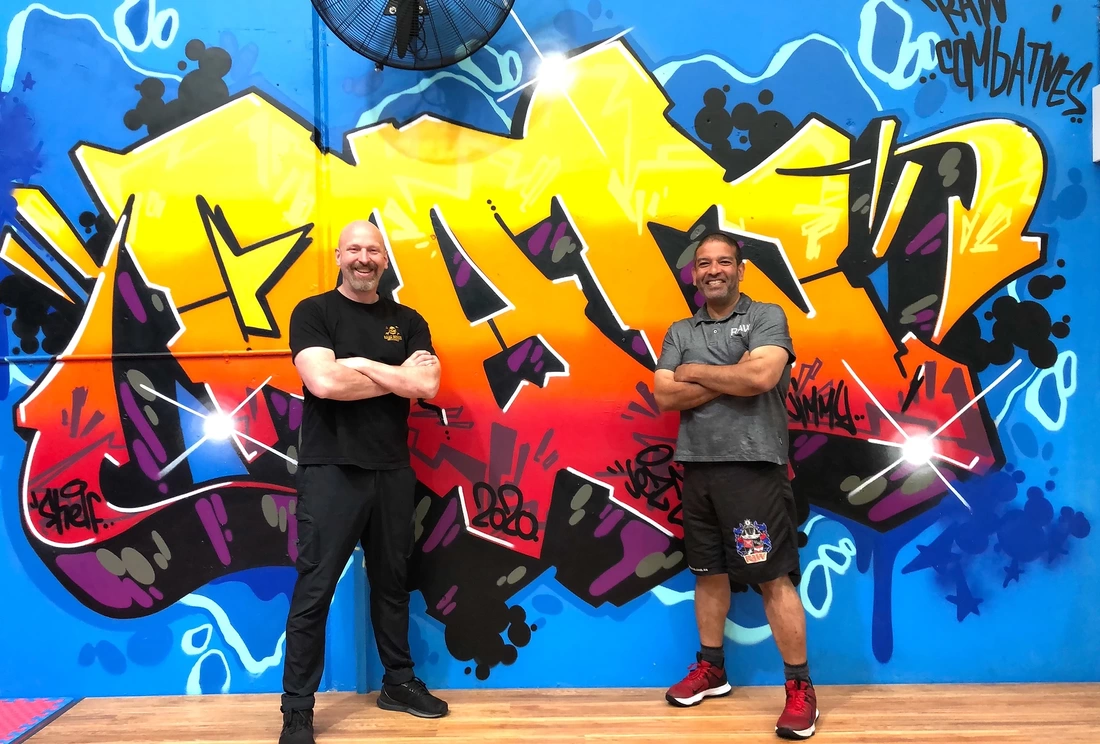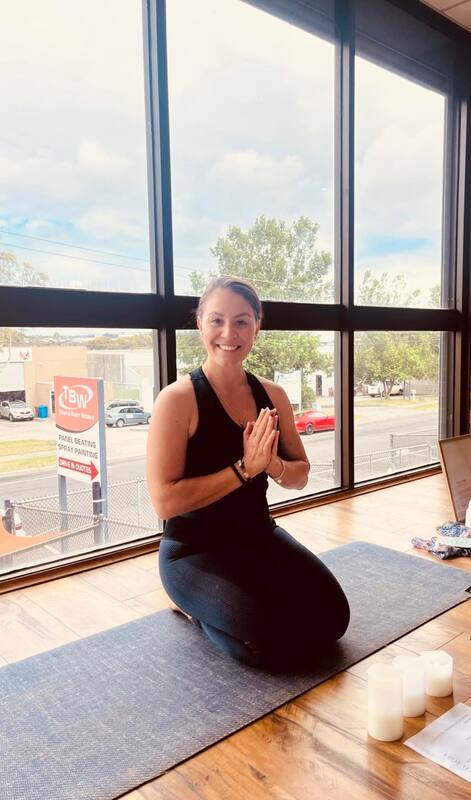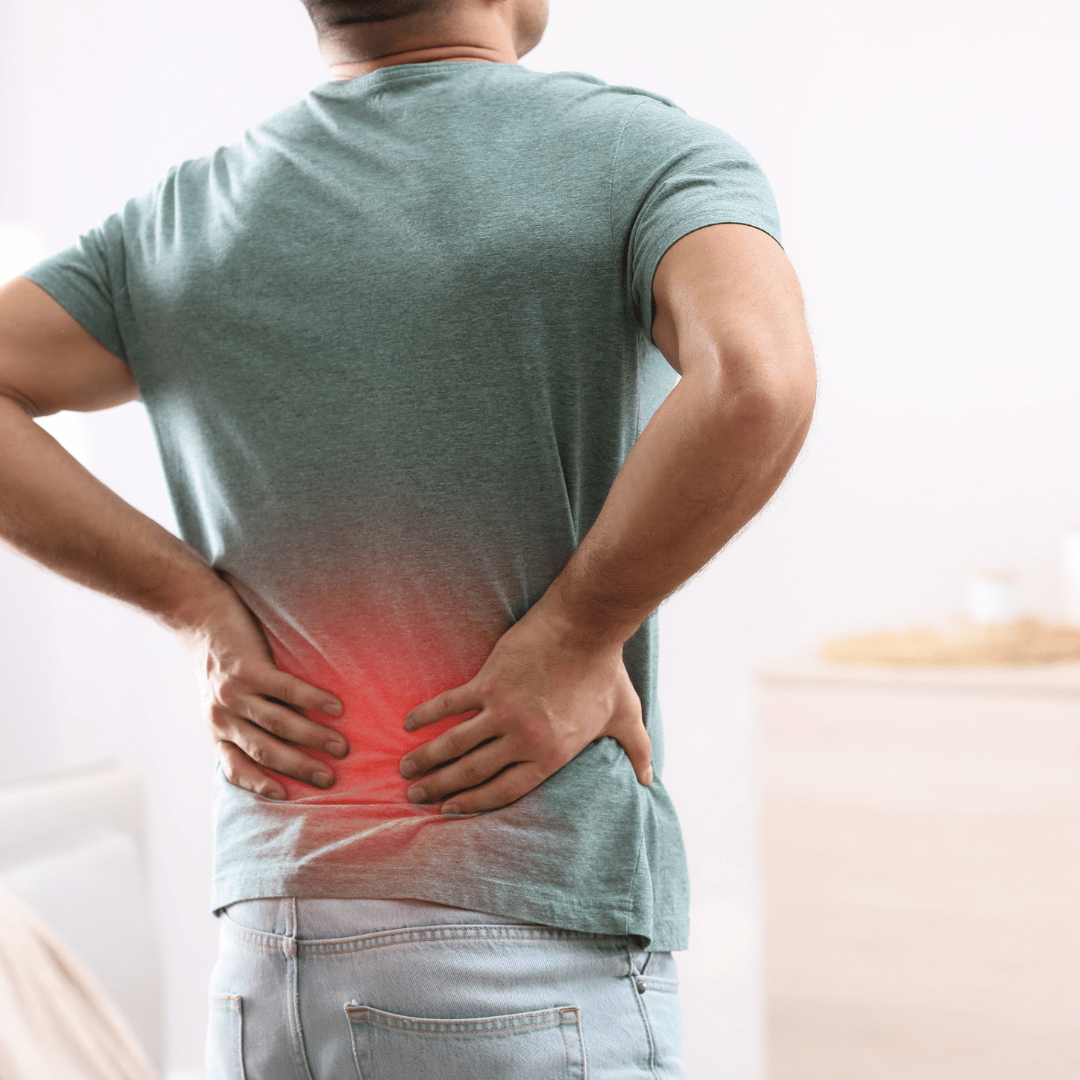By Rachael Bird, Myotherapist
The time it takes for your body to start feeling better after seeing a myotherapist can vary depending on several factors, including the nature and severity of your condition or discomfort, the specific techniques used by the myotherapist, and your individual response to treatment. Here are some general considerations:
The time it takes for your body to start feeling better after seeing a myotherapist can vary depending on several factors, including the nature and severity of your condition or discomfort, the specific techniques used by the myotherapist, and your individual response to treatment. Here are some general considerations:
- Immediate Relief: Some people experience immediate relief and feel better right after a myotherapy session. This can be especially true for pain caused by muscle tension because we can use techniques that relieve the tension quickly and make an immediate change to the sensation. Something to be mindful of is that this type of muscle discomfort can be from habitual behaviours like sitting in one position for too long, repetitive movements, training hard in the gym, frequent use of things that strain those areas like carrying a bag over one shoulder or carrying a baby on your hip. Although you might walk out feeling great immediately, know that if your pain builds up due to your daily activities and routines, you may tense up again quickly if you’re not doing anything to regularly unwind that tension.
- Gradual Improvement: For ongoing pain conditions or fresh injuries, we generally expect to see a gradual progression as you follow your treatment plan. Pain that has been with you for a long time is likely to need a series of treatments as well as commitment to your home care plan. Similarly, fresh injuries like a rolled ankle or sprained facet joint are going to feel painful while your body is healing the acute tissue damage, but your Myotherapist will be creating you a treatment plan that aims to reduce discomfort and guide you through the steps you need to take to strengthen and recover.
- Post-Treatment Effects: It's common to experience some soreness or discomfort in the hours or days following a myotherapy session, especially if deep tissue work was performed. This is typically a normal part of the healing process and should subside within a few days. We often see people feeling a little tender the following day, but then feeling the benefits the day after that!
- Individual Variation: Each person's body responds differently to myotherapy. Some individuals may respond quickly and feel better within a day or two, while others may require more time. Some people have excellent responses to specific treatment techniques, like dry needling, cupping or MET, and other people can find those same techniques either don’t work for them or are less effective than other techniques. Our therapists aim to find the most effective treatment type for your body to give you the best outcomes possible!
- Home Care: Your myotherapist will create a treatment plan that includes things for you to do at home to recover quicker - this includes exercises, stretches, or lifestyle changes to complement the treatment. Adhering to these recommendations can help speed up your recovery and maintain the benefits of the therapy, especially if you are being treated for an injury that involves damage.
- Follow-Up Sessions: Consistency in attending follow-up sessions as recommended by your myotherapist can contribute to more sustained improvements in your overall well-being and returning to your full strength, stability and level of physical comfort.
